Imagine stealing a pair of socks and ending up in prison for the rest of your life. While it sounds like a story from a dystopian movie, this has happened multiple times in California—thanks to the state’s infamous “Three Strikes” law. Originally designed to keep violent criminals off the streets, the law has also swept up nonviolent offenders, transforming minor crimes into life sentences. In this article, we explore how this law came to be, its effects across cities, its disproportionate impact, and what the future might hold.
What Is California’s Three Strikes Law?
California’s “Three Strikes and You’re Out” law was enacted in 1994 as a response to rising public concern over violent crimes. The law mandates severe prison sentences for individuals convicted of three felonies:
-
After one prior “strike” (a serious or violent felony), any new felony conviction automatically results in double the usual prison sentence.
-
After two prior strikes, a third felony conviction results in a mandatory sentence of 25 years to life—even if the third felony is nonviolent or minor.
This law was approved by voters through Proposition 184 and was seen as a solution to rising crime rates. However, its implementation led to many unintended consequences.
How the Law Turns Minor Charges into Life Sentences
The harsh reality of the Three Strikes law is that it doesn’t only apply to violent felonies. For many years, even minor crimes—such as shoplifting, drug possession, or petty theft—could serve as a third strike if someone had two prior strike convictions.
For example, if a person with two previous burglary convictions stole a pack of batteries or forged a check, that third offense, though nonviolent, could legally trigger a 25-to-life sentence under the original version of the law.
What was meant to deter serious career criminals began trapping people with low-level offenses in lifelong prison terms.
Real Stories from Across California
Los Angeles
The most populated county in California saw the highest number of Three Strikes cases. Many public defenders in Los Angeles County reported clients facing life sentences for third strikes involving shoplifting, drug possession, or even public intoxication. The district attorney’s office for years used the law aggressively, arguing it was a necessary tool to ensure public safety.
Fresno
In Fresno, prosecutors heavily relied on the Three Strikes law throughout the late ’90s and early 2000s. The county developed a reputation for being among the strictest when it came to pursuing third-strike sentences. The result: Fresno residents were significantly more likely to receive life sentences than those in more reform-oriented counties.
San Francisco
In contrast, San Francisco adopted a more progressive approach in recent years. Some district attorneys, including reform-minded leaders, chose not to file third-strike charges for nonviolent offenses. Judges also became more willing to exercise discretion in cases where the third strike didn’t involve violence or serious harm.
Sacramento
Sacramento experienced a mix. While some judges were open to leniency through judicial discretion, many others strictly adhered to the law. Outcomes varied depending on the courtroom, even when defendants had nearly identical criminal records.
Disproportionate Impact on Black and Latino Communities
One of the most alarming aspects of the Three Strikes law is its disproportionate effect on minority communities. Studies over the past two decades have shown that Black and Latino individuals are significantly more likely to receive third-strike sentences than white individuals, even for the same crimes.
In urban areas like Los Angeles, Oakland, and Stockton, this imbalance has fueled criticism and demands for reform. Entire communities have been affected by generational incarceration, loss of income, broken families, and the long-term effects of removing people from society for decades over minor offenses.
Economic Cost to the State
California’s prison system ballooned in size and expense during the peak years of Three Strikes enforcement. The cost of housing an inmate for life can reach over $75,000 per year. Multiply that by tens of thousands of individuals sentenced under Three Strikes, and the financial burden becomes astronomical.
By 2011, prison overcrowding became so severe that federal courts ordered California to reduce its inmate population. The state spent billions annually on prisons—money that critics argued could be better spent on education, drug treatment, or rehabilitation programs.
The Turning Point: Proposition 36 (2012)
After years of public outcry, in 2012 voters approved Proposition 36, which reformed the Three Strikes law. Key changes included:
-
A third strike must now be a serious or violent felony to trigger the 25-to-life sentence.
-
Nonviolent third strikes, such as theft or drug possession, would no longer qualify for a life sentence.
-
Individuals already serving life sentences for nonviolent third strikes became eligible to petition for reduced sentences.
This reform helped release thousands of prisoners and save the state millions. But while it eased some of the law’s harshest penalties, it didn’t eliminate the core structure of Three Strikes.
Uneven Application Across California
Even after Proposition 36, the application of the Three Strikes law continues to vary widely depending on the county.
-
In Alameda and Santa Clara, district attorneys are more likely to reject strike enhancements for nonviolent crimes.
-
In Kern and Riverside, prosecutors still file strike enhancements more aggressively.
-
In Orange County, debates continue between tough-on-crime prosecutors and reform advocates.
This inconsistency has led to legal outcomes that depend more on geography than justice. Two people can commit the same third felony in different counties and receive drastically different sentences.
Romero Motions: A Legal Escape Route
A landmark California Supreme Court case (People v. Romero) granted judges the discretion to strike prior strikes in the interest of justice. Defense attorneys often file “Romero motions” to persuade judges to dismiss previous strikes, especially if the third offense is nonviolent.
However, the success of these motions depends heavily on the judge, the political climate, and the jurisdiction. In some counties, they are rarely granted. In others, particularly in larger cities with reformist judges, they’re a more viable path to avoiding life imprisonment.
Did the Law Reduce Crime?
Supporters of the Three Strikes law argue it contributed to the decline in crime throughout the 1990s and 2000s. They claim the threat of long sentences deterred habitual offenders from committing crimes.
However, critics point out that crime rates were falling nationwide during that period—even in states without such harsh laws. Other factors, such as better policing, economic improvement, and community programs, likely played a larger role.
Additionally, some research shows that longer prison sentences do not significantly deter crime, especially for people with addiction, mental health issues, or socioeconomic instability.
The Human Cost
Thousands of families across California have lost loved ones to prison—not because of heinous violence, but because of a flawed system that punished petty crimes with maximum force.
Many of those imprisoned under Three Strikes come from low-income neighborhoods. They often lacked legal representation or were pressured into plea deals to avoid the worst outcomes. The emotional, psychological, and financial toll on families has been devastating.
Children grew up without parents. Entire communities felt the impact. And all of it came at a staggering financial and social cost.
A Renewed Push for Reform
In recent years, public sentiment has shifted. Criminal justice reform has become a central political issue in California. Activists, lawyers, and formerly incarcerated individuals are pushing for deeper changes, including:
-
Making all nonviolent third strikes ineligible for life sentences.
-
Requiring unanimous jury decisions for strike enhancements.
-
Mandating periodic review of all life sentences.
-
Increasing funding for reentry, education, and addiction services instead of prisons.
These efforts face resistance from law enforcement groups and tough-on-crime politicians, but the movement continues to grow, especially as younger voters demand a more humane system.
What the Future Holds
As California continues to grapple with its criminal justice system, the Three Strikes law remains a flashpoint in the broader debate over fairness, safety, and rehabilitation. Some lawmakers have proposed abolishing the law entirely. Others want to narrow its scope even further.
The balance between holding people accountable and offering second chances is delicate. But many agree that punishing nonviolent behavior with life sentences is no longer sustainable—legally, economically, or morally.
With new leadership in several major counties and growing support for reform, California may be on the path to rewriting the legacy of its toughest sentencing law.
Conclusion
California’s Three Strikes law was built on fear—but its legacy has often been injustice. While the intent was to protect communities from repeat violent offenders, its implementation dragged thousands into life sentences for minor crimes. The stories of these individuals, and the communities left behind, serve as a sobering reminder of how even well-meaning laws can go dangerously off course.
Reform is underway, but the work isn’t done. Justice should be smart, not just severe. And California has a chance to lead the nation—again—by proving that fairness, compassion, and safety can coexist.


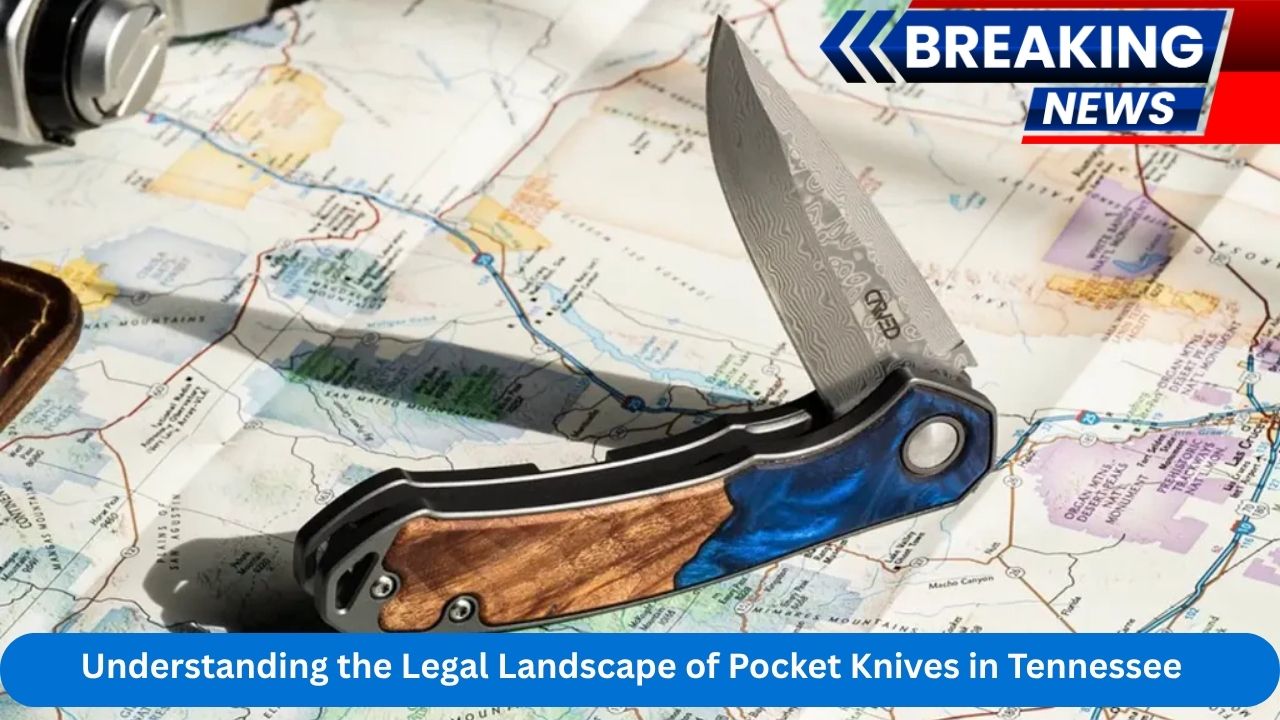

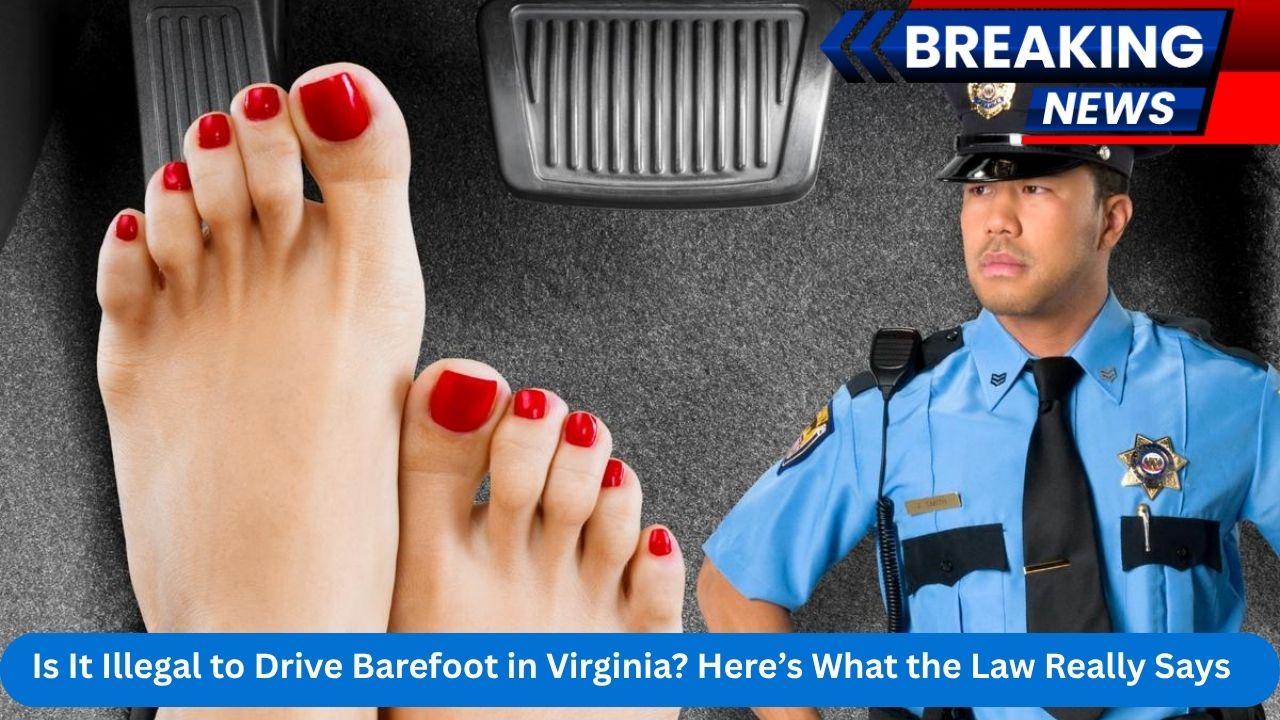
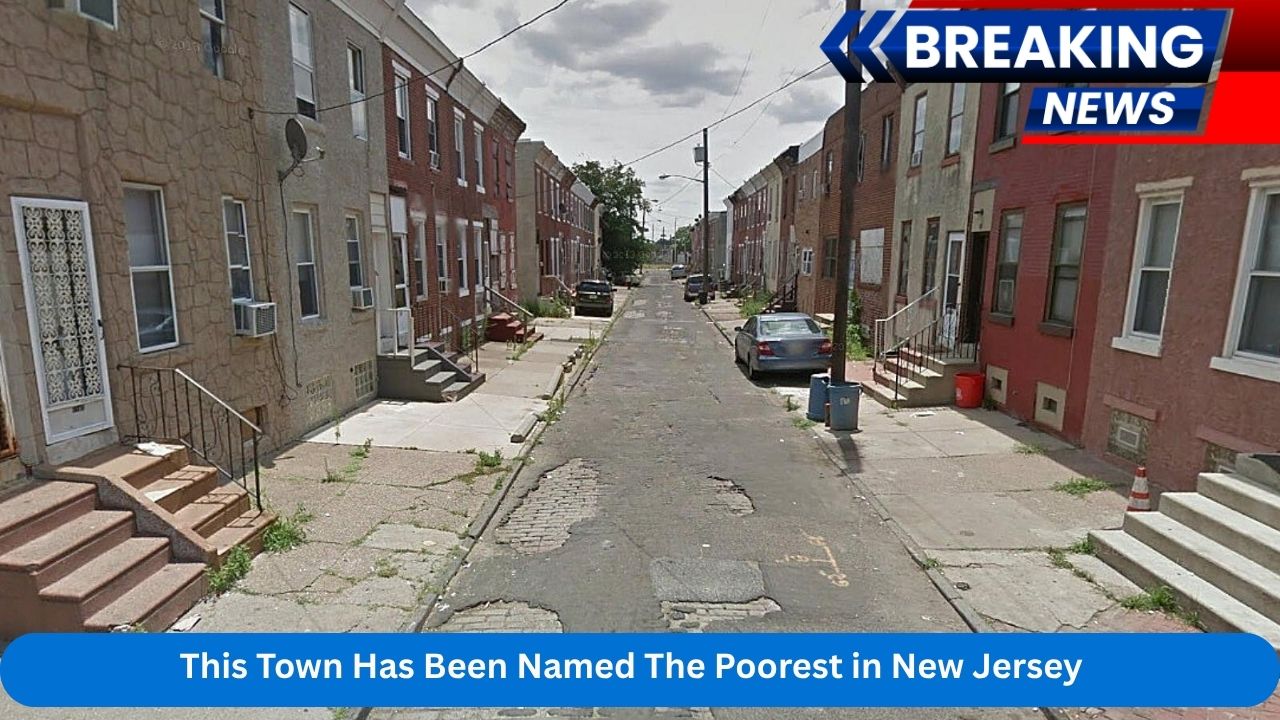




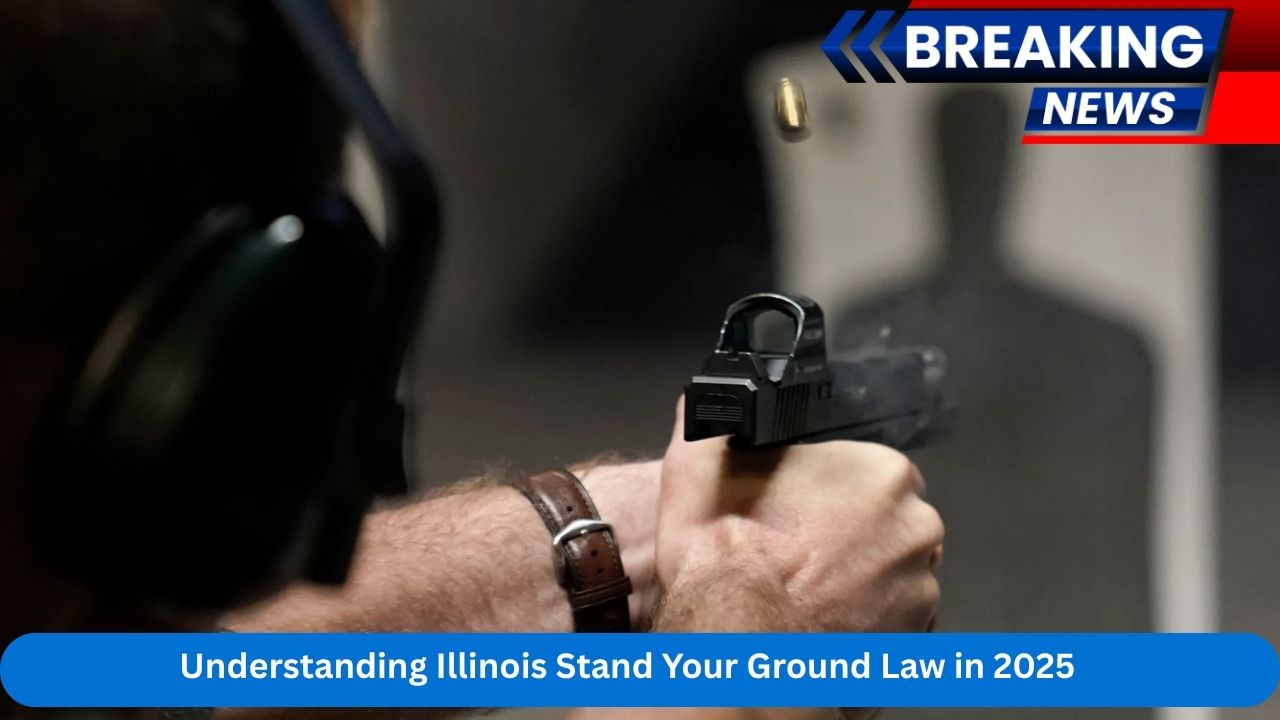
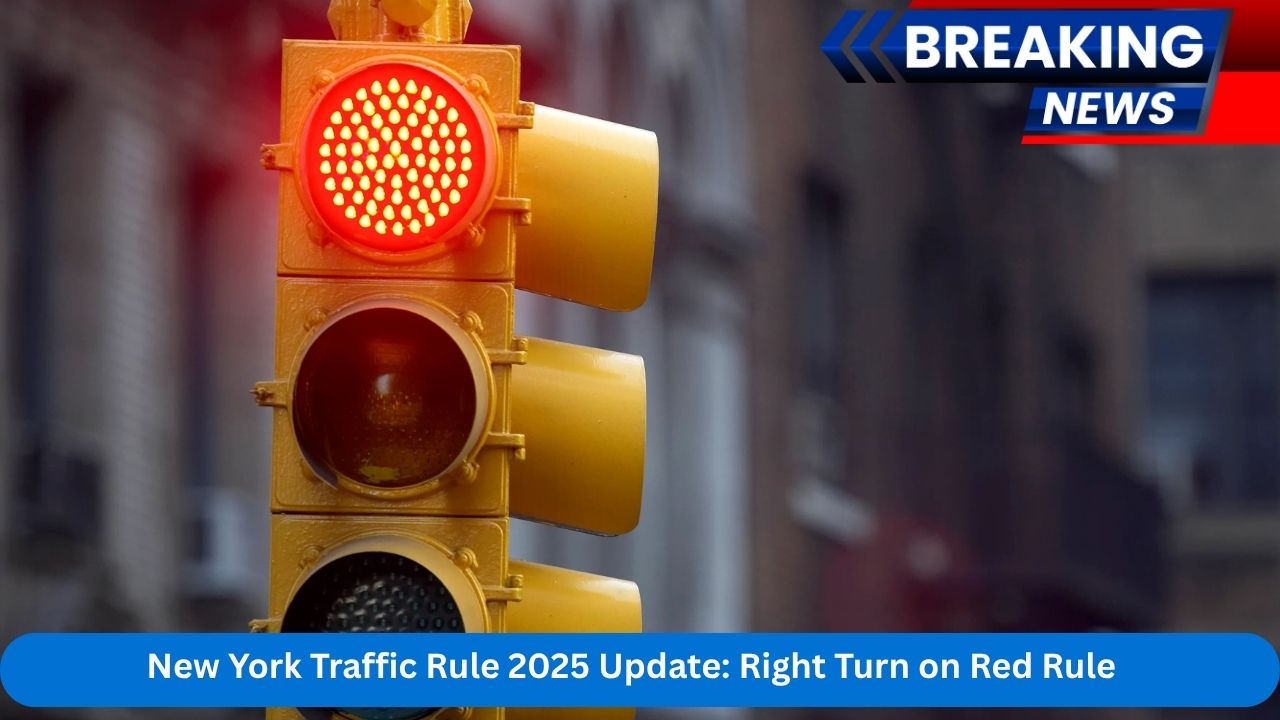
Leave a Reply